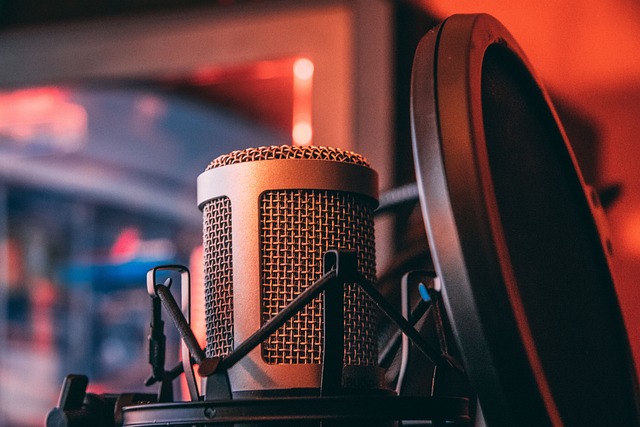If you’ve ever sat down to watch a movie in your cozy home cinema, you’ve probably noticed how essential audio is to the overall experience. While stunning visuals can captivate us, it’s the accompanying sounds that truly immerse us in the story. As more people explore video recording, understanding how to master audio becomes crucial—and that’s where your internal microphone comes into play.
Many videographers, whether budding filmmakers, vloggers, or content creators, often overlook the importance of sound quality. Everyone is excited to make an incredible video, only to realize later that the audio doesn’t match the rich visuals they’ve captured. This is a common pitfall, especially when relying solely on a device’s internal microphone.
Every internal microphone has its strengths and weaknesses. While they might not deliver the crisp sound quality of an external mic, they can still work wonders with the right techniques. Knowing how to utilize your internal microphone can dramatically enhance the audio aspects of your video recordings.
Positioning Matters
One key to mastering audio with your internal microphone is to consider its positioning. Most internal mics are located on the top of cameras or devices. This means that they will pick up sound from the direction they’re facing. To ensure you capture the best audio, try to keep the sound source as close to the mic as possible. When filming in a home cinema or dedicated cinema room, point the microphone towards the action, be it dialogue or ambient noises.
Control the Environment
Since home cinema environments can be rich with sound—think of the soft hum of a projector or the subtle echoes bouncing off the walls—controlling ambient noise is crucial. Eliminate background sounds that may interfere with your recordings. Close windows, switch off appliances, and use soft furnishings to absorb echoes, creating a warmer audio environment.
Monitor Audio Levels
As you record, it’s vital to monitor your audio levels continuously. If your device provides an audio level meter, keep an eye on it to ensure you’re not peaking or capturing overly low sounds. Many internal microphones have limitations in terms of capturing dynamic sound efficiently, so adjusting your input levels can help enhance the recording quality.
Embrace Post-Production Tools
Once your video is recorded, don’t underestimate the power of post-production tools. Software can help refine audio clarity and balance sound levels, creating an auditory experience that mirrors the quality of your visuals. Using these tools allows you to elevate the audio captured by your internal microphone, making it more cohesive with your stunning video footage.
In an age where captivating content is more critical than ever, mastering the use of your internal microphone is essential in elevating your video recordings. By being mindful of audio quality, you transform a simple video clip into a rich sensory experience that resonates with your viewers, whether they’re watching from their couches in the home cinema or on their mobile devices.

